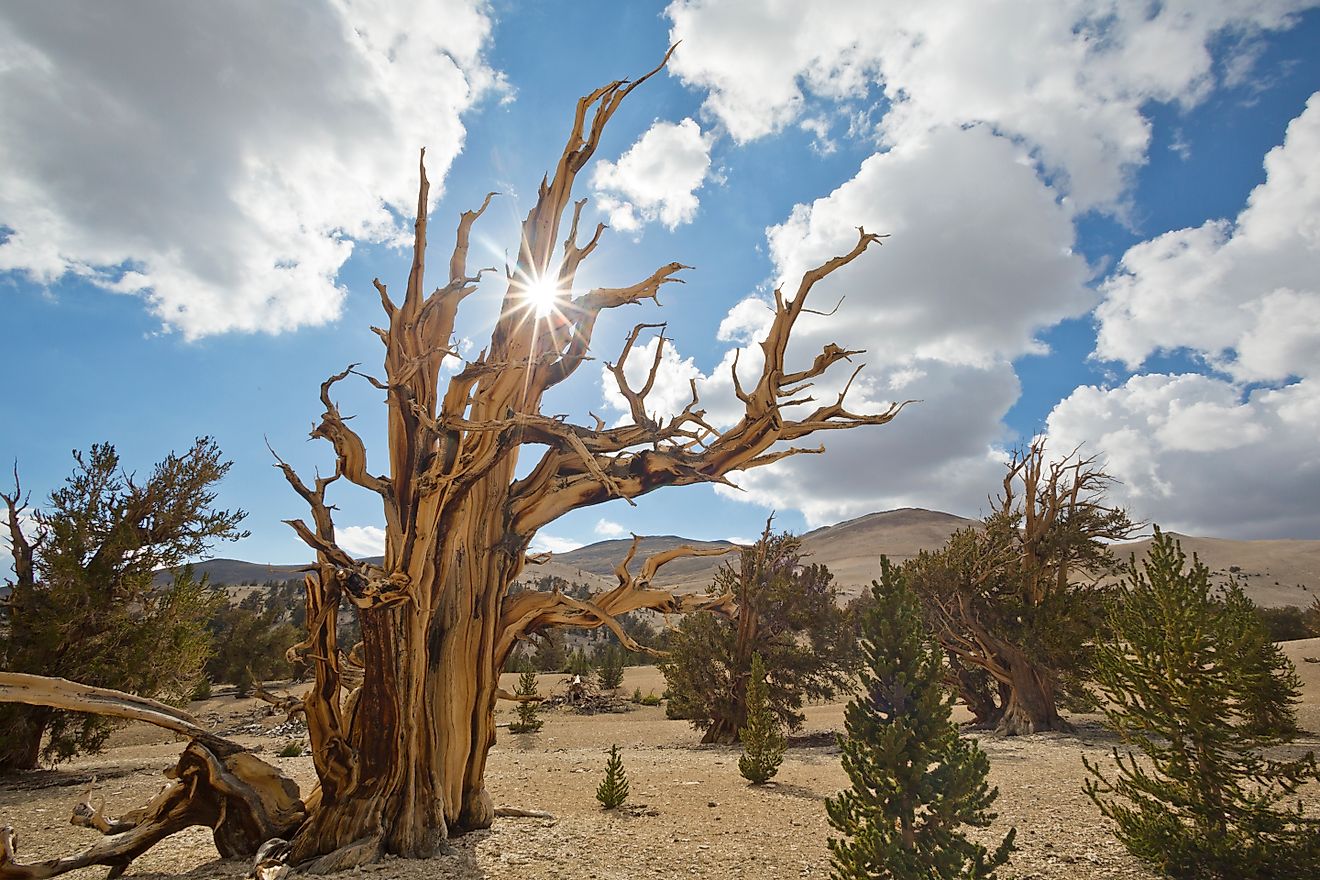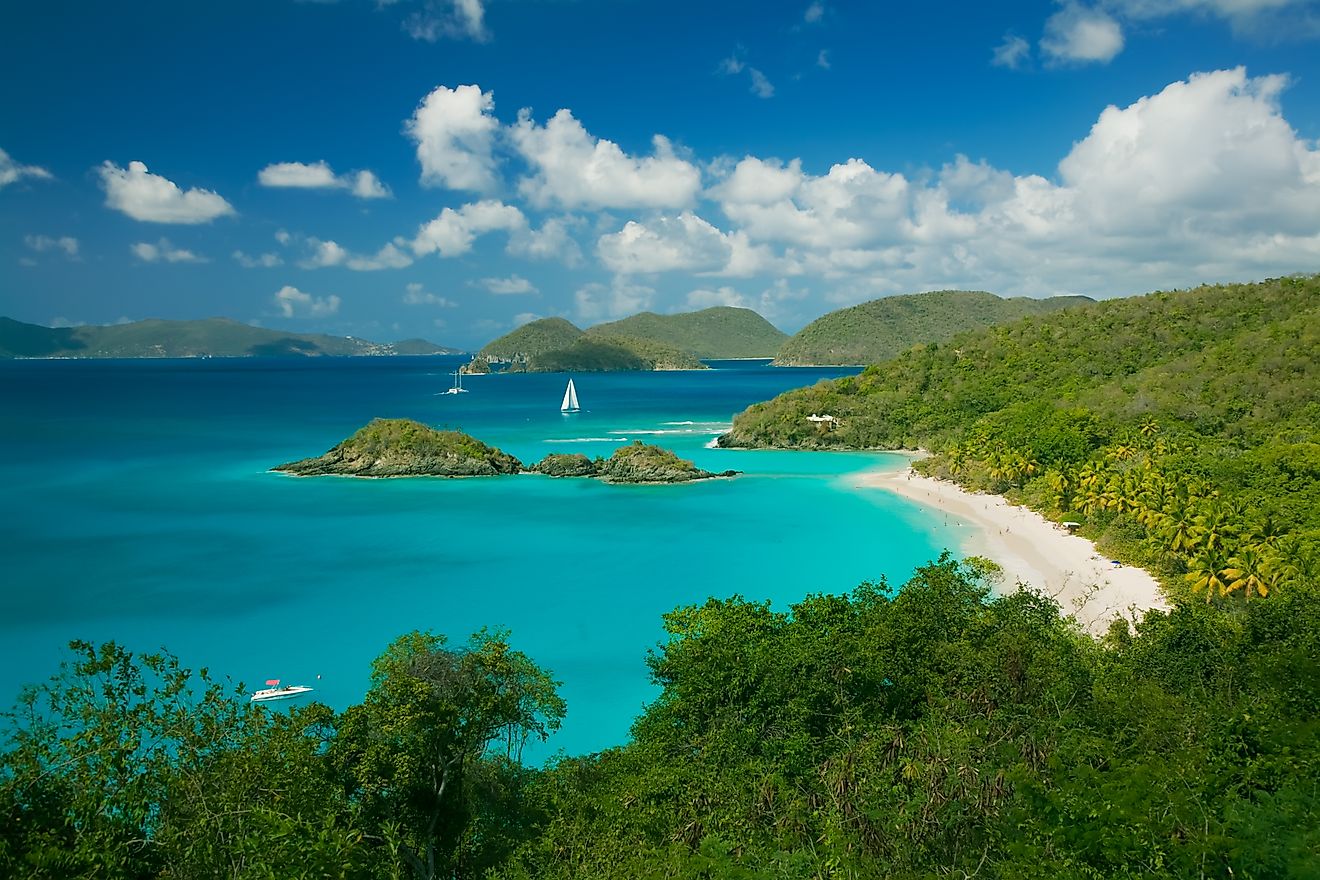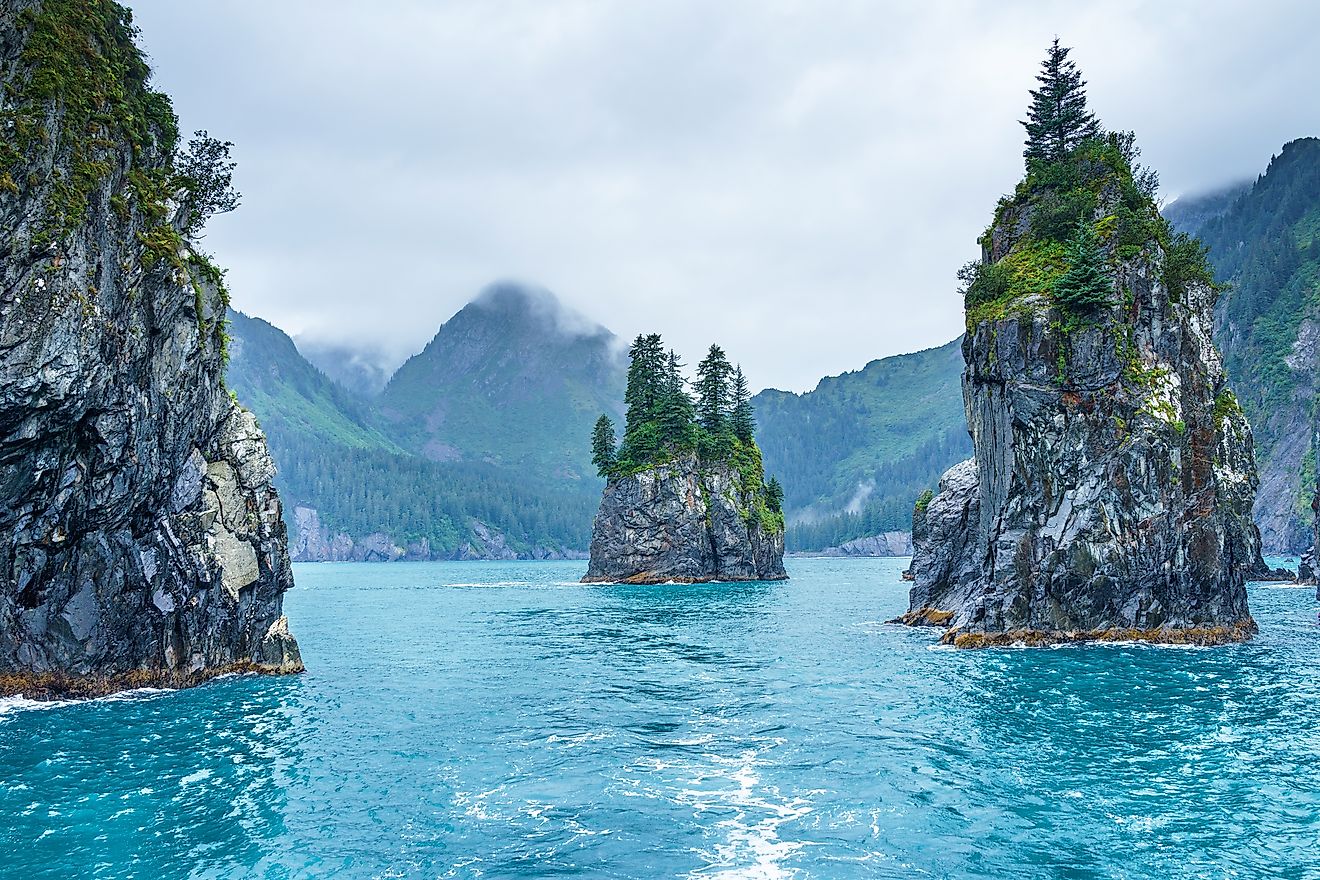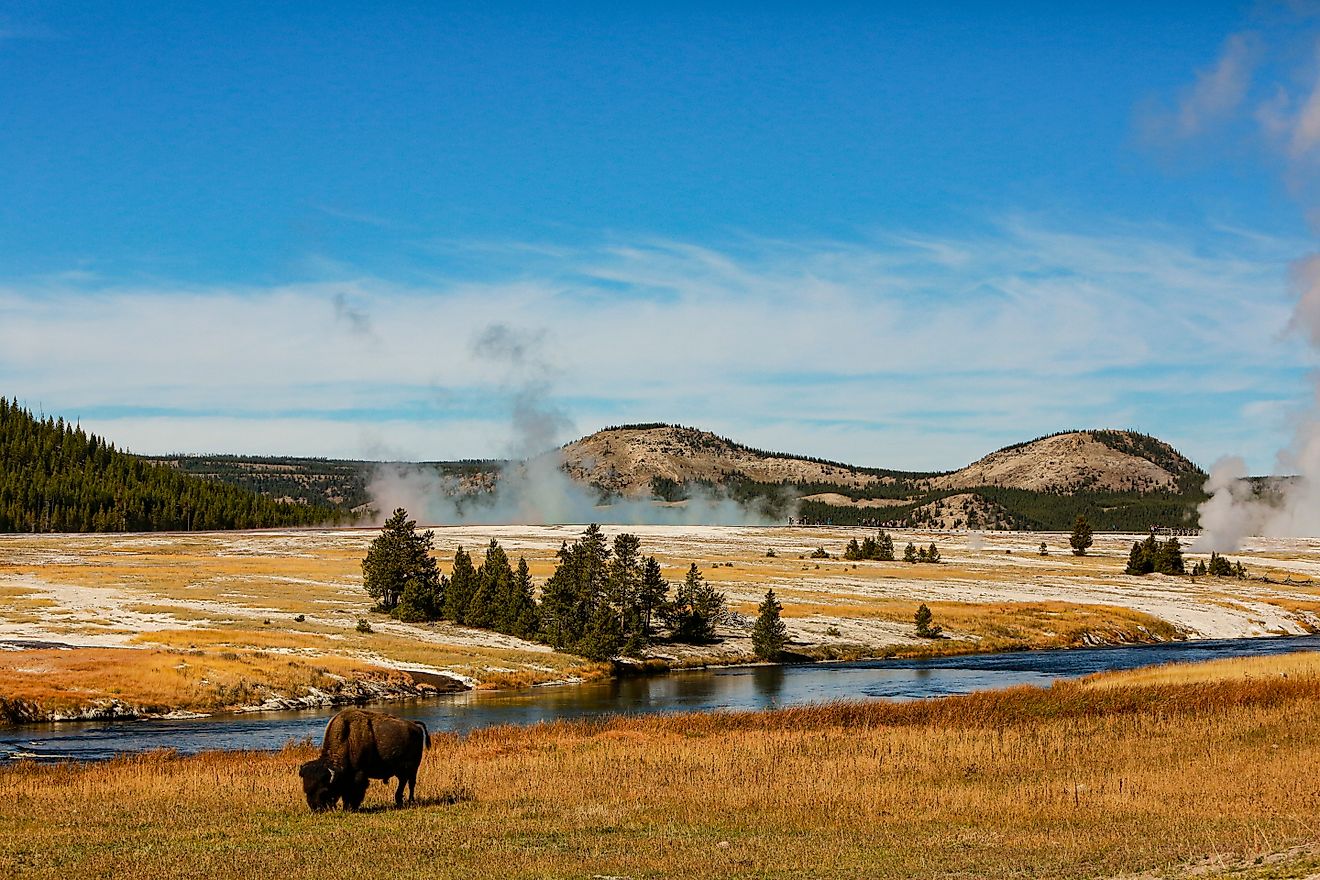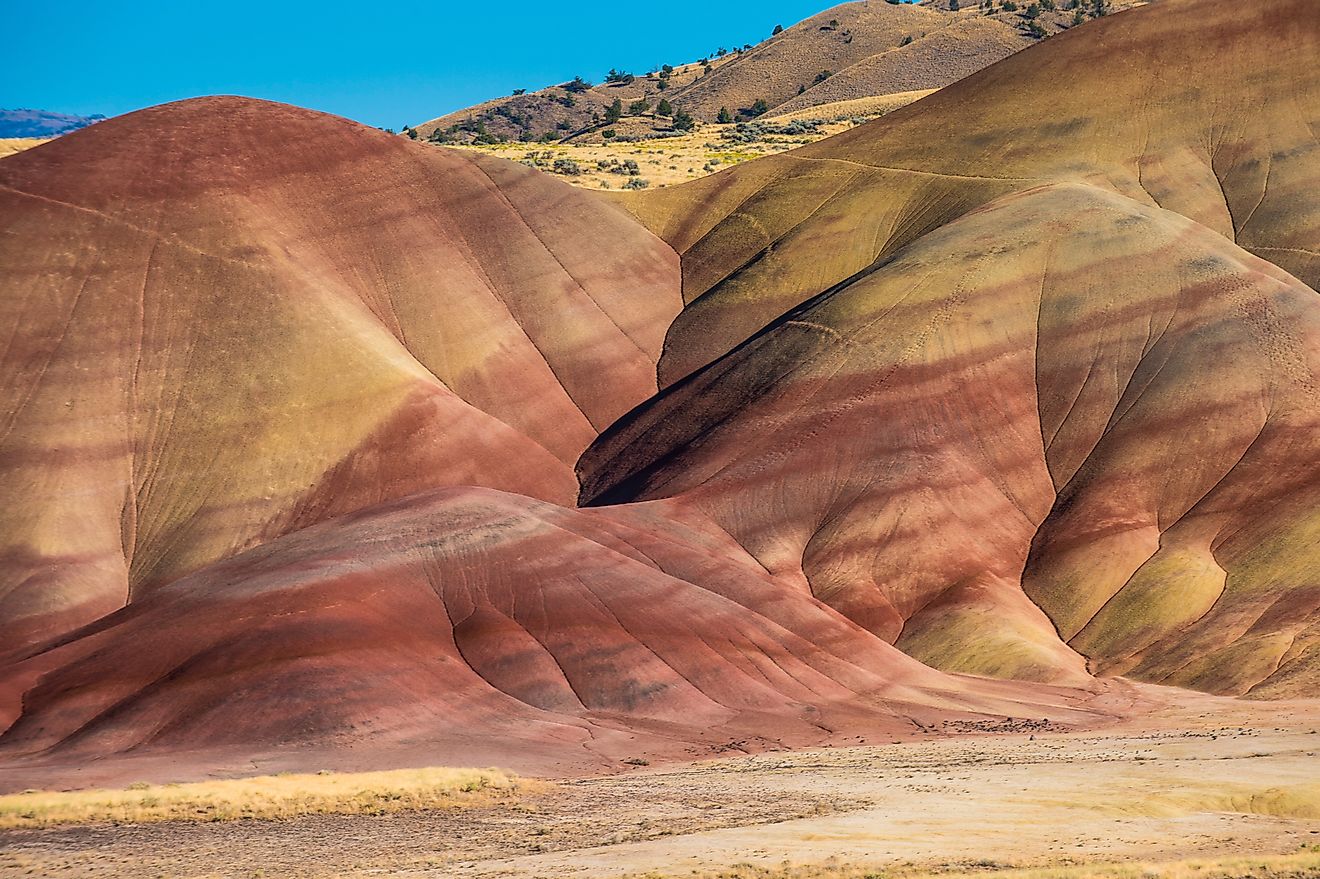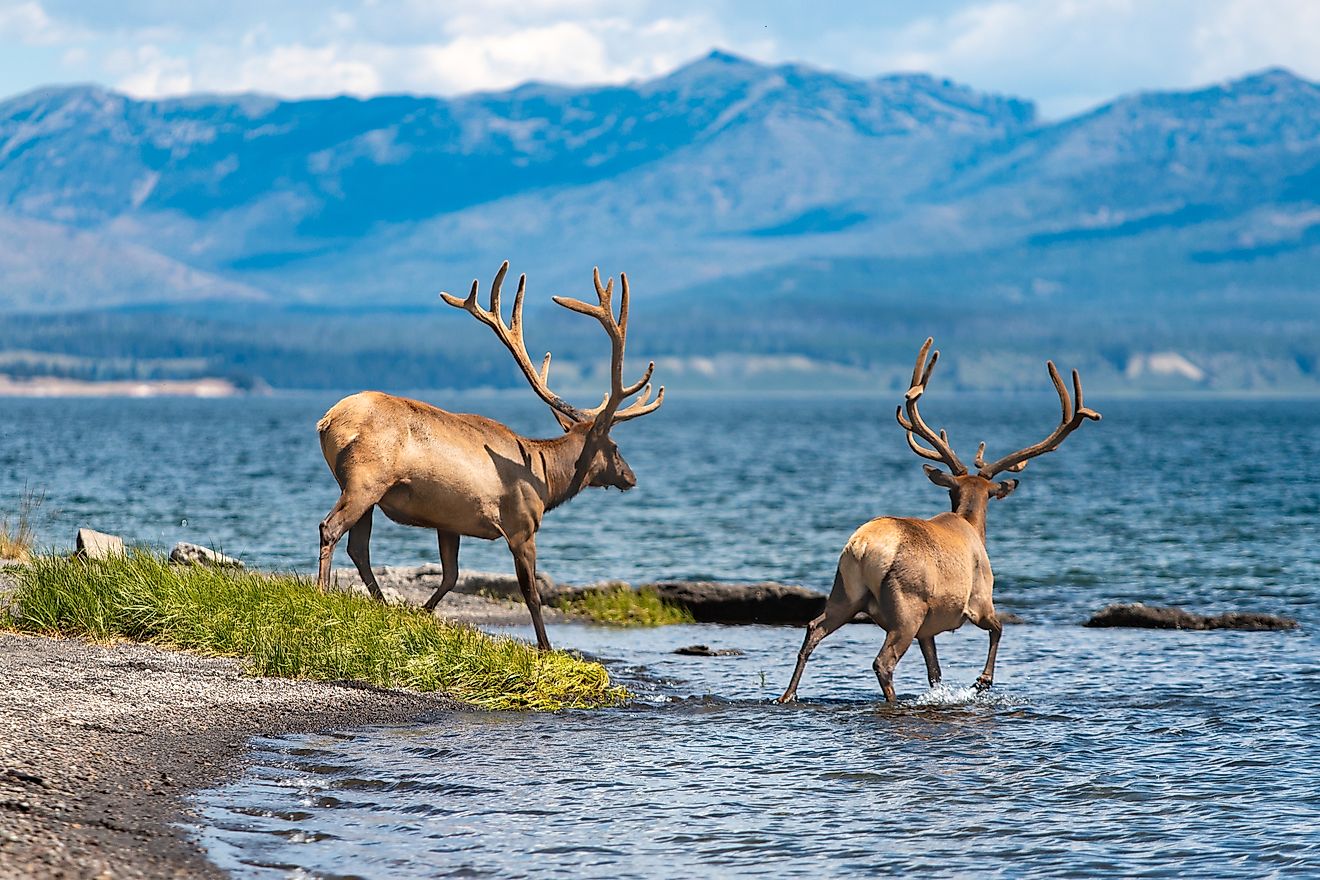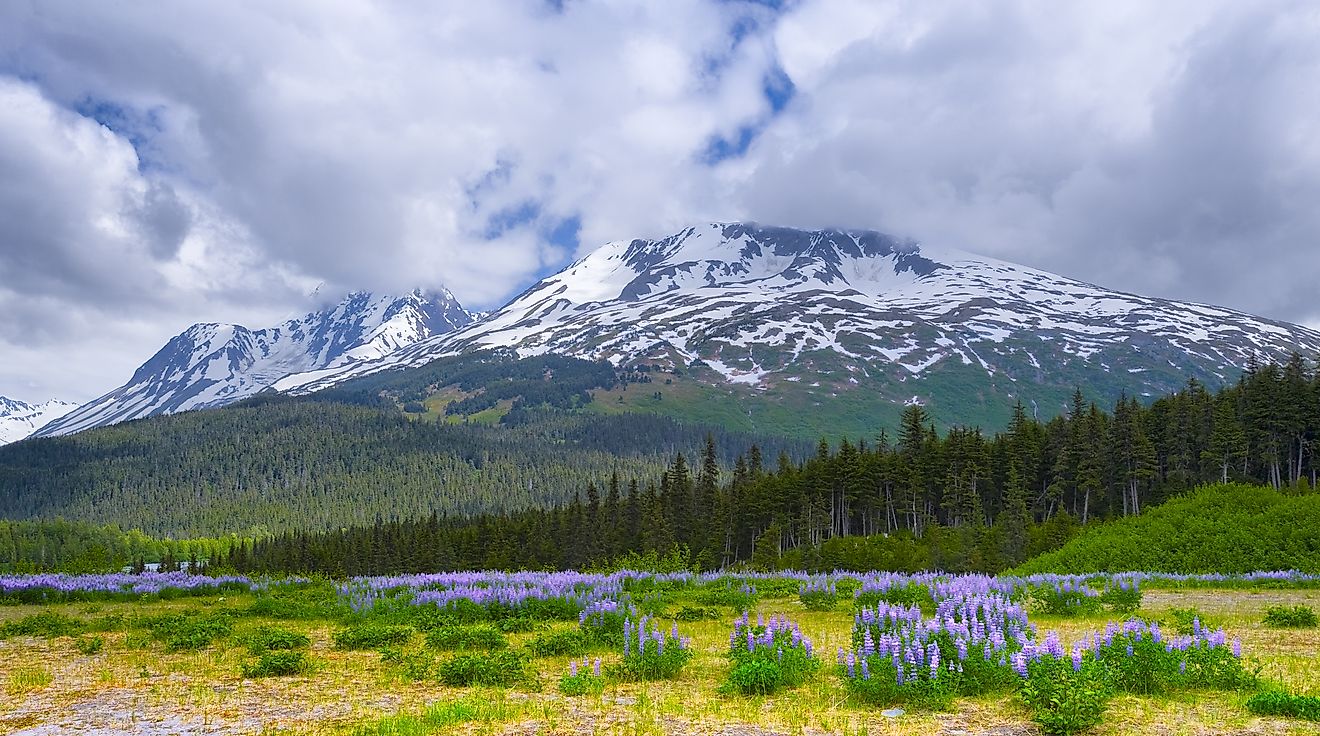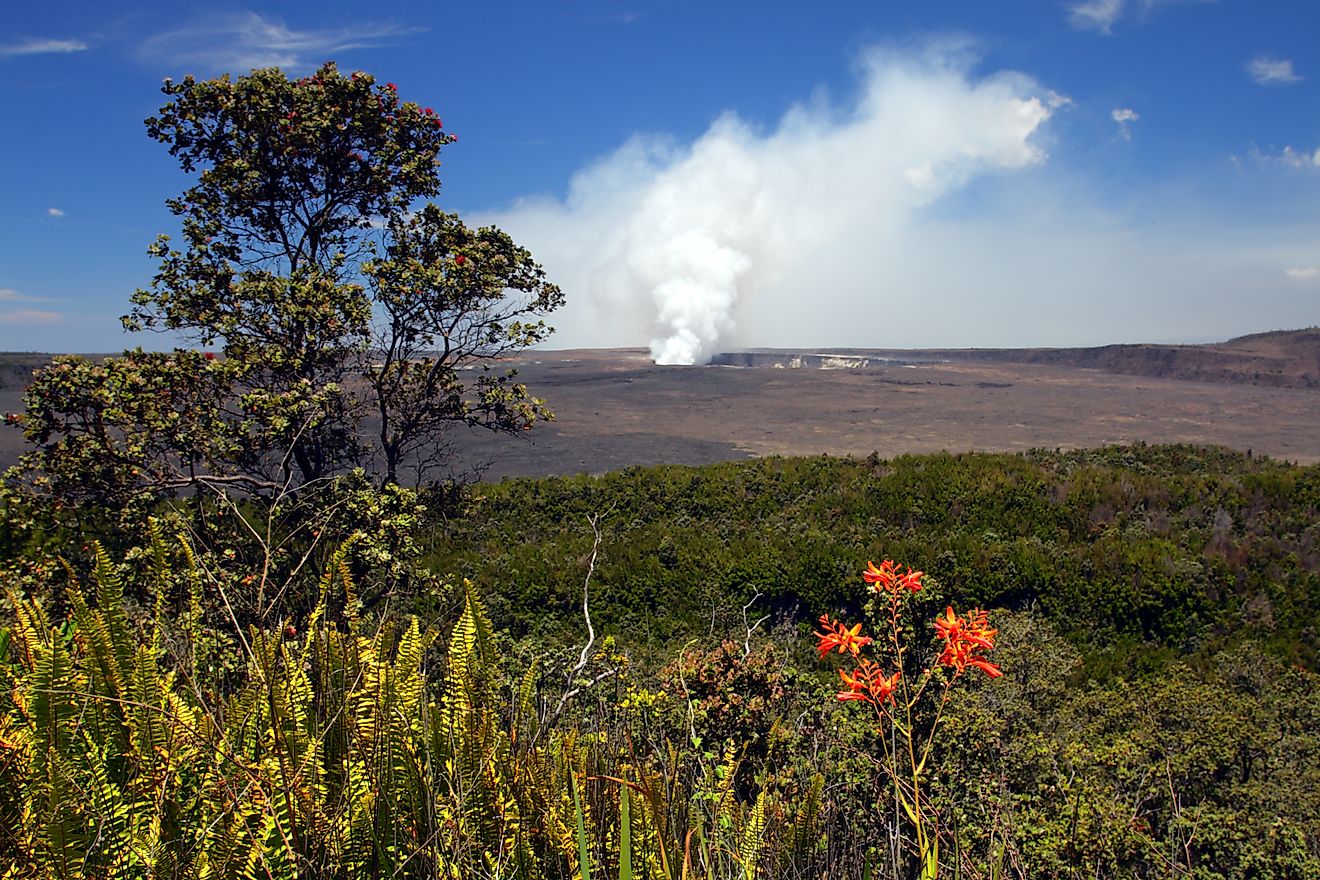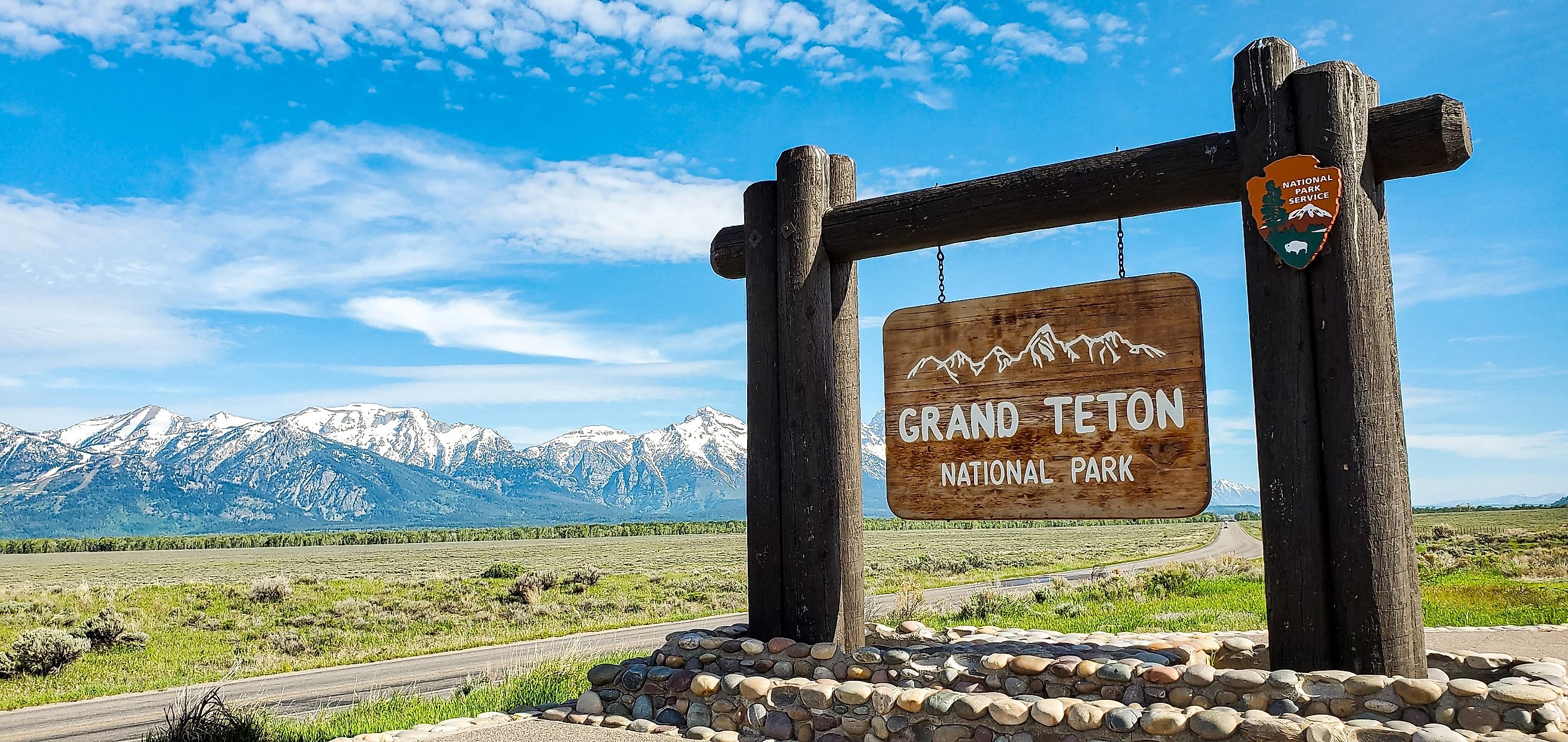
How Many National Parks Are in The US?
America’s national parks are often described as the country’s “best idea.” Carved from wild landscapes and preserved for future generations, these parks offer unmatched natural beauty, cultural significance, and ecological diversity. But exactly how many national parks are there in the United States, and what makes them so special?
As of 2025, the United States has 63 designated national parks. These are managed by the National Park Service (NPS) and represent just a portion of the more than 400 individual units overseen by the agency. While all NPS sites are protected, only those with the highest level of national significance earn the rare designation of “national park.”
Explore what qualifies an area for national park status, how the number has evolved over time, and why these public lands matter more than ever.
What Defines a National Park?
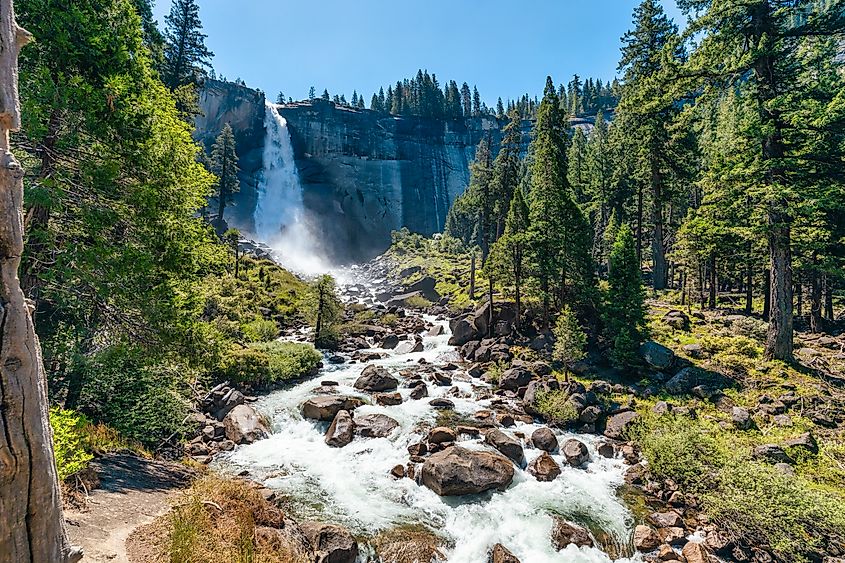
Not every scenic or historic place managed by the NPS is a national park. The NPS oversees many types of units, including national monuments, preserves, historic sites, seashores, battlefields, and recreation areas totaling 425 sites as of early 2025.
However, only 63 of those are officially designated “national parks.” That title is reserved for the most iconic natural areas with exceptional landscapes, recreational opportunities, and ecological value.
To become a national park, a site typically must:
-
Have natural features of outstanding beauty or scientific interest
-
Offer recreational opportunities on a national level
-
Receive a special designation by Congress
The designation also means increased funding, federal protection, and greater public awareness.
How Many National Parks Are in the US in 2025?
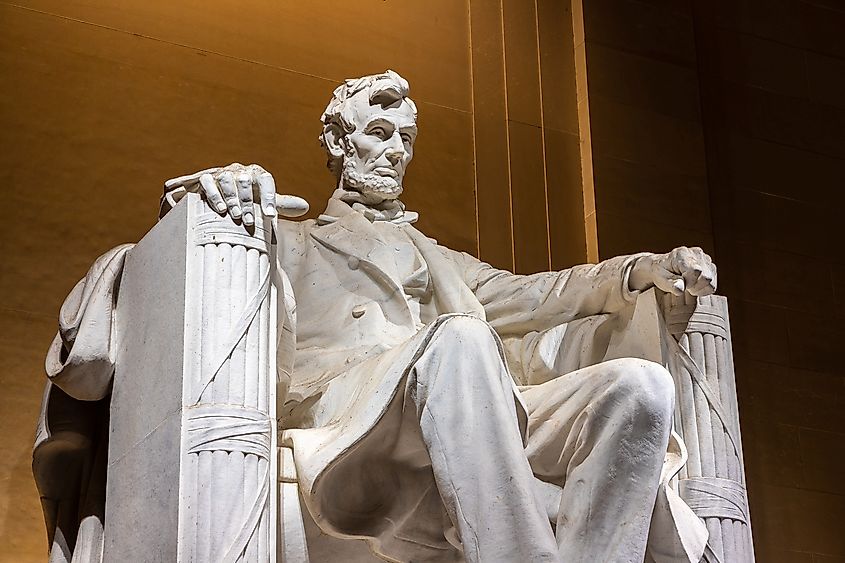
As of May 2025, the United States has 63 national parks. The most recent addition is New River Gorge National Park and Preserve, designated in December 2020. While proposals for additional parks are under consideration, none have officially been added since then.
Here’s a breakdown:
-
Total national parks: 63
-
Total NPS-managed sites overall: 425
-
Total US states with at least one national park: 30 (plus the territories)
The number can fluctuate slightly depending on congressional action, such as creating a new park or redesignating an existing NPS site with elevated status.
The Newest National Parks in the US
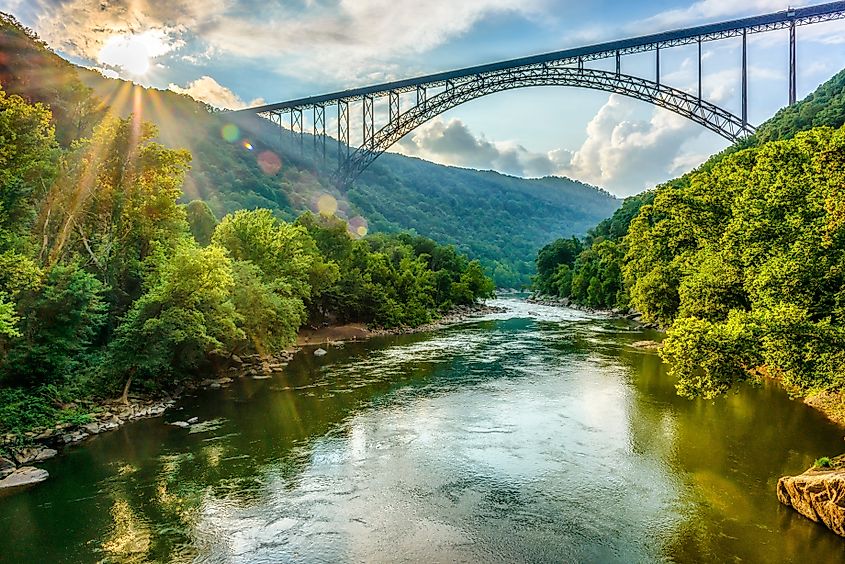
The past decade has seen a modest but meaningful expansion of national park designations. Here's a look at the five most recent additions:
-
New River Gorge National Park and Preserve (West Virginia) 2020: Known for world-class rock climbing and whitewater rafting, this park showcases dramatic sandstone cliffs and the ancient New River.
-
White Sands National Park (New Mexico) 2019: A surreal landscape of shimmering white gypsum dunes, White Sands was upgraded from a national monument.
-
Indiana Dunes National Park (Indiana) 2019: Nestled along Lake Michigan, this park offers beaches, dunes, wetlands, and surprising biodiversity.
-
Gateway Arch National Park (Missouri) 2018: Formerly the Jefferson National Expansion Memorial, this small but iconic park celebrates westward expansion and features the tallest manmade monument in the US.
-
Pinnacles National Park (California) 2013: A haven for rock climbers and endangered condors, Pinnacles offers rugged volcanic formations and fascinating geology.
Which States Have the Most National Parks?
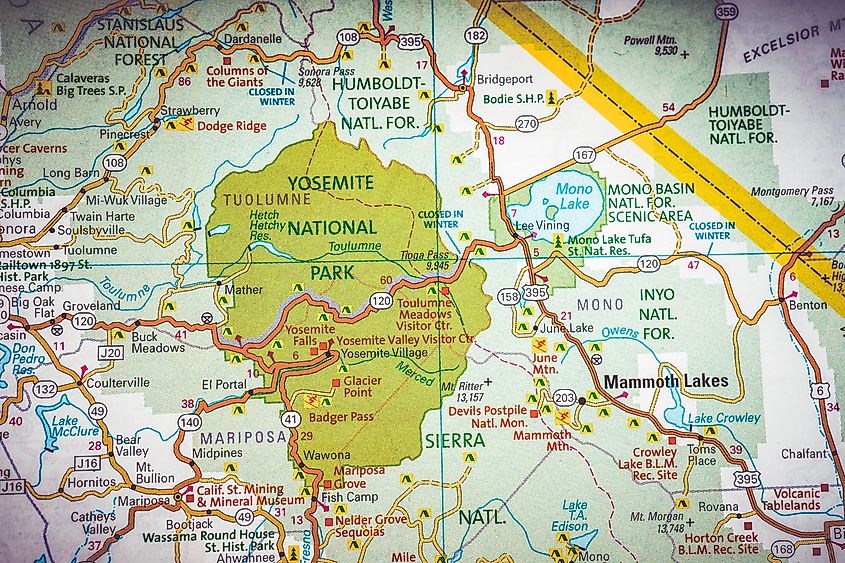
While national parks are spread across the country, some states boast multiple entries. Here are the top five:
-
California: 9 parks. From Yosemite’s granite cliffs to the deserts of Joshua Tree and Death Valley, California leads the pack.
-
Alaska: 8 parks. Remote and vast, Alaska’s national parks offer untouched wilderness on a massive scale.
-
Utah: 5 parks. Known as the “Mighty 5,” Utah’s parks include Zion, Bryce Canyon, Arches, Capitol Reef, and Canyonlands.
-
Colorado: 4 parks. Rocky Mountain National Park is the state’s crown jewel, with stunning alpine scenery.
-
Washington, Florida, Arizona: 3 parks each.
These states offer a diverse mix of ecosystems, from alpine peaks to tropical mangroves.
What’s the Largest National Park in the US?
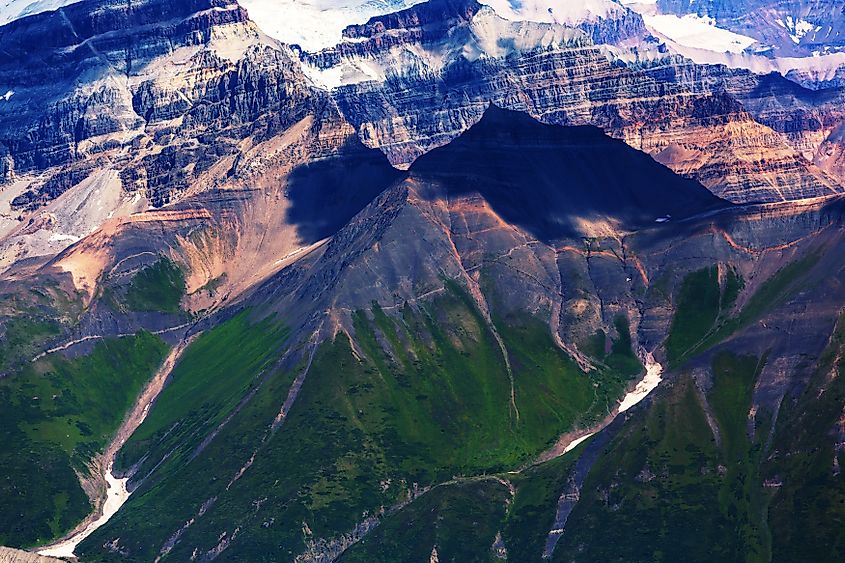
The largest national park is Wrangell-St. Elias National Park and Preserve in Alaska, which covers a staggering 13.2 million acres, larger than nine US states. It includes glaciers, mountains, and untamed wilderness, with few roads and minimal development.
For comparison, the smallest is Gateway Arch National Park in Missouri, at just 91 acres, yet it holds great historical significance.
What Makes US National Parks So Important?
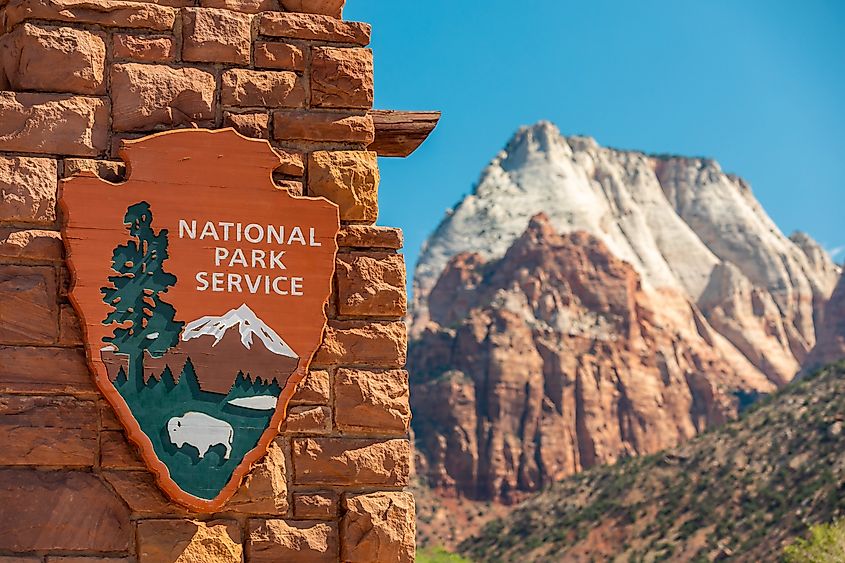
National parks are integral to conservation, culture, and recreation. Here’s why they matter:
Environmental Protection
National parks protect vital ecosystems, endangered species, old-growth forests, and watersheds. Without park status, many of these landscapes could be threatened by development.
Cultural & Historical Preservation
Some parks, such as Mesa Verde or Everglades, are UNESCO World Heritage Sites due to their archaeological and cultural significance.
Public Access & Education
Parks offer opportunities for hiking, wildlife viewing, camping, and environmental education.
Economic Impact
National parks contribute billions to local economies through tourism, supporting small businesses, jobs, and gateway towns.
Most Visited National Parks in the US
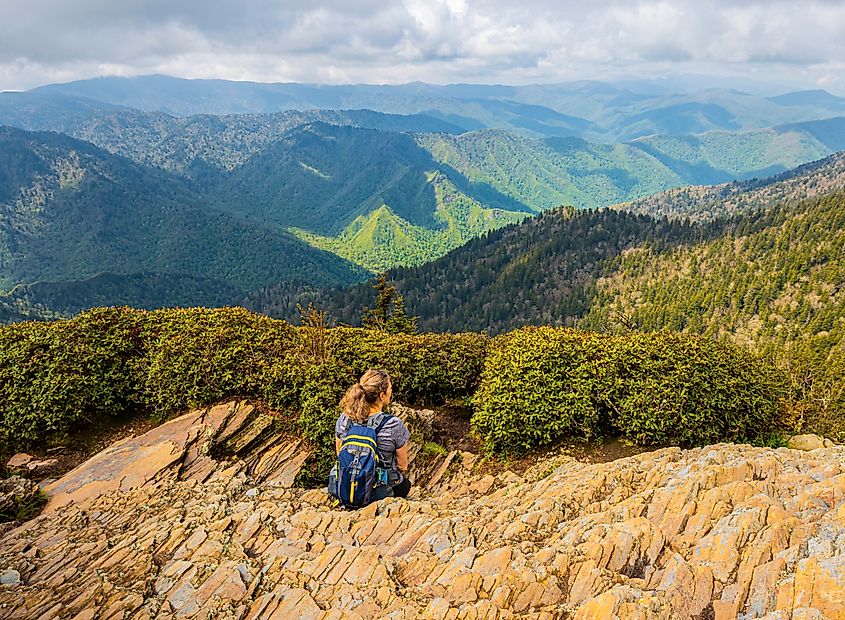
Visitation varies widely, but these parks consistently top the charts:
-
Great Smoky Mountains National Park (TN/NC): Over 12 million annual visitors
-
Grand Canyon National Park (AZ)
-
Zion National Park (UT)
-
Rocky Mountain National Park (CO)
-
Acadia National Park (ME)
These parks are beloved for their accessibility, scenic drives, and iconic features.
Lesser-Known National Parks Worth Visiting
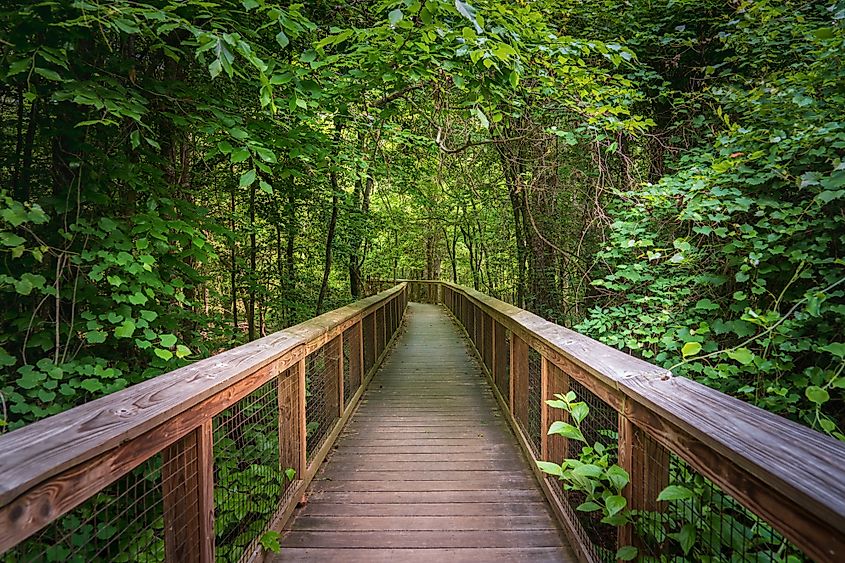
While the big-name parks draw the crowds, many lesser-known national parks offer equally stunning experiences without the foot traffic:
-
Congaree National Park (South Carolina): Home to one of the tallest deciduous forests in the world.
-
Isle Royale National Park (Michigan): A remote island in Lake Superior with wolves, moose, and solitude.
-
North Cascades National Park (Washington): Jagged peaks and glaciers, often called the “American Alps.”
-
Guadalupe Mountains National Park (Texas): Rugged desert peaks and the highest point in Texas.
These hidden gems are perfect for travelers looking for solitude and discovery.
Are There National Parks in US Territories?
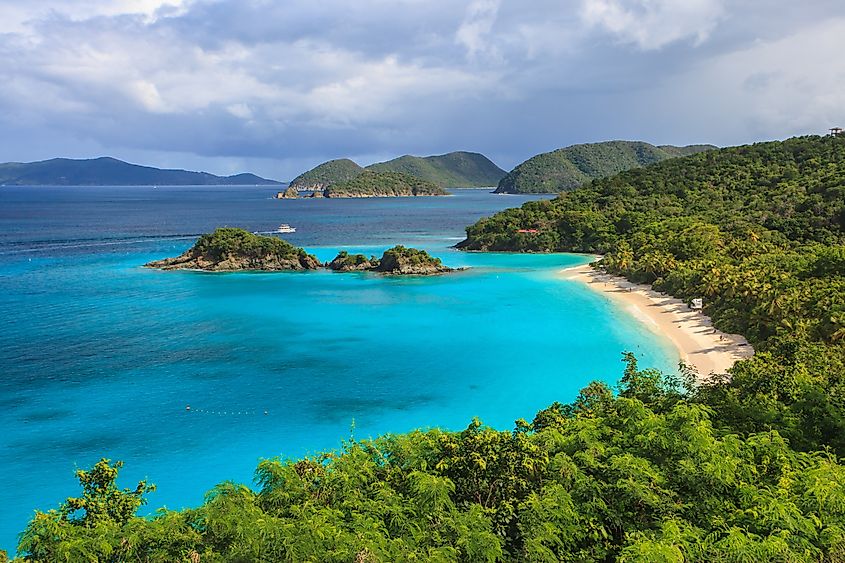
Yes. The National Park Service manages sites in US territories, including:
-
Virgin Islands National Park (U.S. Virgin Islands)
-
National Park of American Samoa (American Samoa)
These parks showcase tropical ecosystems, coral reefs, and vibrant cultures, expanding the national park system beyond the mainland.
How to Visit US National Parks
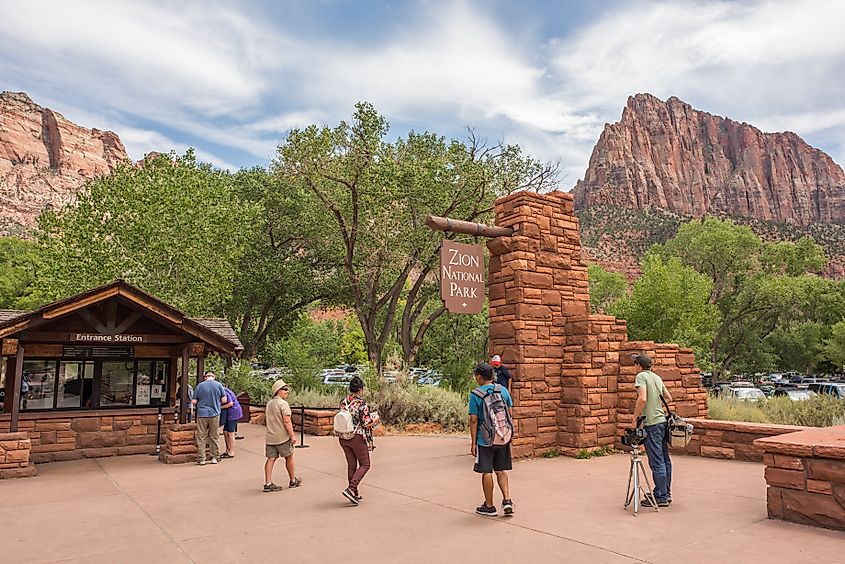
Planning a visit? Here’s what to know:
-
Entrance fees range from $10 to $35 per vehicle, though many parks are free.
-
Annual passes like the America the Beautiful Pass ($80/year) offer unlimited entry to all federal recreation lands.
-
Best time to visit varies by park, some are best in summer, others shine in spring or fall.
-
Plan ahead. Popular parks often require reservations, especially for camping or timed entry.
And don’t forget: Leave No Trace principles help keep these wild places pristine.
Will More National Parks Be Added?
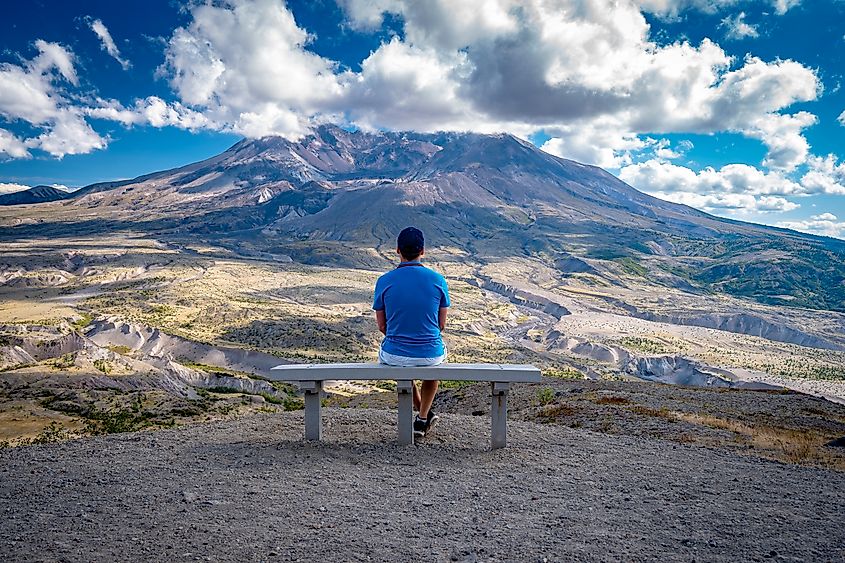
Possibly. The NPS regularly evaluates new sites for potential park status. Some current candidates and discussions include:
-
Mount St. Helens (WA): Currently a national volcanic monument, with efforts to elevate its status.
-
Buffalo National River (AR): Praised for its scenic float trips and biodiversity.
-
Ocmulgee Mounds (GA): An ancient Indigenous cultural site with strong local and tribal support.
New parks require an act of Congress, so the process can take years but public support helps move the needle.
Final Thoughts: More Than Just Pretty Places
So, how many national parks are there in the US? The answer stands at 63. Each one a protected slice of American heritage, adventure, and natural wonder. From glacier-carved valleys to steamy tropical islands, these parks offer something for everyone.
Whether you're road-tripping through the Rockies, hiking among saguaro cacti, or kayaking in coastal mangroves, there's a national park out there calling your name. And with new designations always on the horizon, the story of America’s national parks is still being written.
Q&A Section
What is the newest national park in the US?
New River Gorge National Park and Preserve in West Virginia, designated in December 2020.
How many states have national parks?
30 states currently have at least one national park, plus US territories.
Which national park is the most visited?
Great Smoky Mountains National Park consistently leads with over 12 million annual visitors.
Are all NPS sites national parks?
No. There are 425 NPS-managed sites, but only 63 are designated as national parks.
